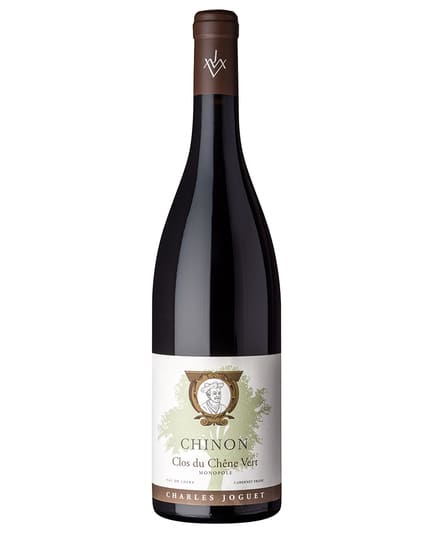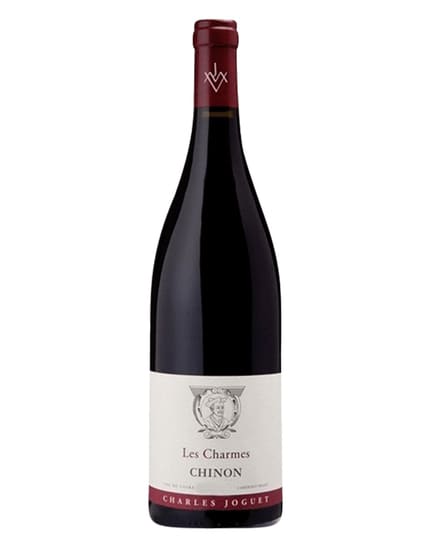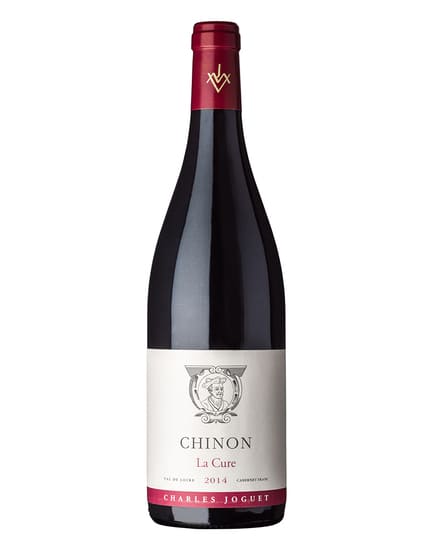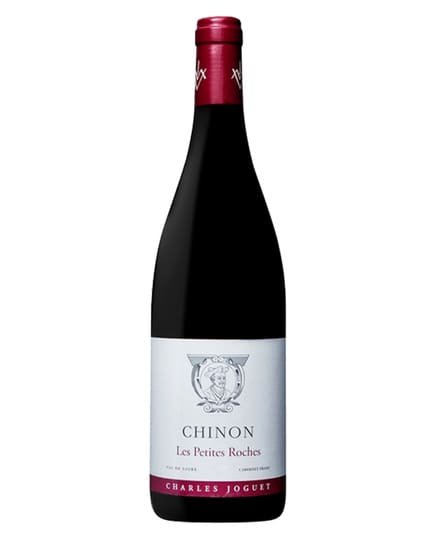-

NT$ 2,950
2The Clos du Chêne Vert is one of the mythical places of Chinon, located in the city itself, at the Haute Olive, on the right bank of the Vienne river.
The very steep slope of this clos of two small hectares, its south-west orientation and its clay and silico-calcareous soil explain why it is one of the oldest crus of the whole appellation.
The place owes its name to the monumental holm oak overhanging it, growing back from a tree more than eight hundred years old planted by the monks of the Abbey of Bourgueil in the 12th century.
The numerous maturity controls carried out for all the vintages in order to determine the optimum date for the harvest generally result in harvesting this clos at the very beginning. Its exceptional exposure and its hillside terroir give us the first musts of each vintage.
The duration of maceration and vatting are similar to those of the Varennes, with the specificity, from the 2008 vintage onwards, of being carried out in wooden vats.
Pumping over and punching down (pressing the cap of the marc into its juice) help to extract the matter and the colour. Alcoholic fermentation is sometimes followed by malolactic fermentation on the pomace, bringing roundness and extra fatness. Prolonged ageing in barrels of 1 to 3 wines (12 to 15 months) completes the refinement of this wine with a rare personality.
A very long ageing cuvée that must wait several years in the cellar for it to deliver its originality.
-

NT$ 2,200
Les Charmes is a selection of parcels from vines located on the Left Bank of the Vienne, on the heights of Anché, a neighbouring commune of Sazilly.
The Cabernet Franc vines are 35 years old and the terroir is clay-limestone, facing north.
Vinified in wooden vats and aged for 6 months in French oak barrels, Les Charmes offers a straight, crisp and generous fruit wine.
This new cuvée reveals an assertive character with wines with elegant tannins and very fresh aromas.
Cold skin maceration for 5 days. Vatting lasts more than 15 days at temperatures of 24° to 26°C. Free run wines are blended with press wines if they are of good quality, as soon as the alcoholic fermentation is over.
Malolactic fermentation takes place in barrels of 3-4 wines. Once this is finished, the wine continues its ageing in truncated wooden vats for 6 to 8 months, to reveal the subtle red fruit aromas of this vintage for good ageing.
-

NT$ 1,950
In 1974, two hectares of vines were planted on this gravelly soil on a clay base corresponding to the high alluvial deposits of the Vienne River.
This parcel is located on the left bank, just in front of the church of Sazilly.
Made from the Clos de la Cure vines and a small plot of Clos de la Chapelle – which prevented us from keeping the name “Clos de la Cure” – this cuvée reveals a more assertive character with wines with firmer tannins and a very present nervousness.
Cold skin maceration for 5 days. Vatting lasts more than 15 days at temperatures of 24° to 26°C. Free run wines are blended with the press wines if they are qualitative, as soon as the alcoholic fermentation is over. A dense, tannic and lively wine is then obtained.
The malolactic fermentation takes place in barrels of 3 to 4 wines and 12 months of ageing in barrels will be necessary to refine the tannins and reveal the very subtle aromas of red fruits of this vintage of good ageing.
-

NT$ 1,400
This cuvée is the result of a blend of different plots of land located on the Left Bank of the Vienne River, all with the same soil profile.
The cuvée Les Petites Roches, with its predominantly clay and moderately chalky hillsides and plateaux, offers wines with red fruit aromas with a nice mineral structure, to be enjoyed within five years of the vintage.
This cuvée actually corresponds to our old Jeunes Vignes cuvée, renamed to evoke the gravelly soils of the Vienne valley and their calcareous mother rock and to take into account the ageing and ripening of these vines.
Here, the vinification method is similar to that of the Cuvée Terroir but the selected vines give us greater density and complexity. We use free-run wine (natural flow of the juice after alcoholic fermentation), which gives this cuvée more purity and finesse. The press wine (passage of the marc in the press) is blended with the Cuvée Terroir. Only high quality press wines may, exceptionally, be included in the blend of this cuvée.
All these qualities give the cuvée Les Petites Roches an ageing potential of a few years.
-

NT$ 1,300
The terroir of Beaumont-en-Véron: The ten hectares of vines planted in 1988 on this siliceous plateau located between the Loire and the Vienne constitute the most homogenous batch of the Domaine. Average yield: 45 hectolitres/hectare (hl/ha).
This cuvée comes from the vines of Beaumont-en-Véron, to which we add, according to the vintage, free-run and press wines from the alluvial soils of the left bank of the Vienne. This very special blend gives the cuvée an original harmony between aroma and substance.
A de-stemming without bursting the grapes, a cold skin maceration for 5 days, a rapid start to fermentation, a maximum fermentation temperature of 25°C for 10 days, which can be interrupted before the total transformation of sugars into alcohol, will give a very aromatic wine, greedy with the tannic support of press wines. After devatting, the malolactic fermentation continues in the vat and during the winter, this wine will pass to natural cold.
-

NT$ 1,250
The left bank of the Vienne: On this narrow strip of the former bed of the Vienne, therefore on alluvial soils, twelve hectares of vines planted between 1969 and today are divided between the communes of Anché and Sazilly.
It is obtained by bleeding (removal of a certain quantity of juice) from the different cuvées before the colouring of the must becomes too pronounced.
It ferments very slowly in stainless steel vats at low temperature (15° to 17°C) to preserve all the aromas, an essential character sought after for this style of wine. Malolactic fermentation is not desired: the wine must keep all its freshness.






